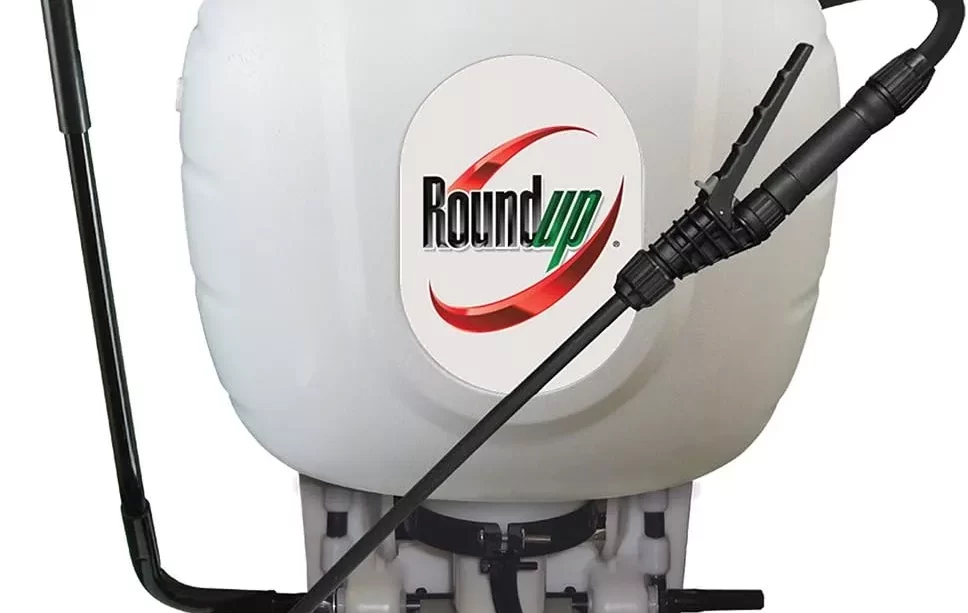Roundup sprayers are a popular tool for gardeners and homeowners for controlling weeds and unwanted vegetation. They offer a convenient way to apply herbicides over a large area or target specific weeds. However, using a Roundup sprayer effectively and safely requires understanding the correct procedures and precautions. This guide will walk you through the process, from selecting the right sprayer to applying the herbicide properly.
- 4-Gallon sprayer meets all your spraying needs (controlling weeds and pests, growing flowers and vegetables)
- Heavy-duty poly wand with shut-off featuring a comfort grip, lock for continuous spraying and an in-line filter
- Viton seals and gaskets throughout the pump and shut-off for long lasting chemical resistance
- Adjustable padded straps with waist belt and built-in lumbar support
- Includes 3 nozzles for versatility: poly adjustable, high volume fan, and low volume fan
Types of Roundup Sprayers
Roundup offers various types of sprayers to suit different needs, including handheld, backpack, and pump-action models. Handheld sprayers are suitable for small areas and spot treatment, while backpack sprayers are ideal for larger gardens or lawns due to their larger capacity and portability. Pump-action sprayers provide a middle ground, offering more capacity than handheld models without the need to carry the weight on your back. Choosing the right type depends on the size of the area you need to treat and your personal preference for comfort and ease of use.
Safety Precautions
Safety is paramount when using any herbicide, including Roundup. Always wear personal protective equipment (PPE) such as gloves, goggles, and a mask to protect your skin, eyes, and lungs from exposure. Read the product label carefully for specific safety instructions. It’s also important to be aware of the potential risks to the environment and non-target plants. Always use Roundup responsibly, following the guidelines for safe application and disposal.
Preparing the Sprayer
Before using a Roundup sprayer, it’s important to assemble it correctly and ensure all parts are functioning. For sprayers that require mixing Roundup concentrate with water, follow the manufacturer’s instructions for the correct ratio. Fill the sprayer tank with the required amount of water before adding the herbicide, and then shake or stir the mixture to ensure it’s well combined. Check for any leaks or malfunctions before proceeding to spray.
- Kills existing weeds and grass to the root–guaranteed (Consumer Guarantee: If for any reason you are not satisfied after using this product, simply send us original proof of purchase and we will refund the purchase price)
- Protective Shield fits over weeds to contain spray and help protect desirable plants
- Use in and around vegetable gardens, flower beds, tree rings and mulched beds, as well as on cracks in driveways, walkways and patios
- Rainproof in 10 minutes
- Visible results in 3 hours
Spraying Techniques
Effective spraying is key to getting the best results while minimizing waste and avoiding harm to non-target plants. When using your Roundup sprayer, aim for a fine mist to cover the leaves of the weeds thoroughly. Avoid spraying on windy days to prevent drift to desirable plants or other areas. The spray should be even and consistent, covering all the weed surfaces but not to the point of runoff. For targeted application, use a shield or guard to protect surrounding plants. Adjust the nozzle for the appropriate spray pattern and pressure as needed.
Application Timing
The timing of your Roundup application is crucial for its effectiveness. The best time to spray is typically in the morning or late afternoon when the weather is calm and there is no rain forecast for the next 24 hours. This ensures that the herbicide has time to adhere to the plants and be absorbed without being washed away. Roundup works best when weeds are actively growing, so applying during the growing season will yield the most effective results. Avoid spraying during extreme temperatures, both hot and cold, as this can affect the efficacy of the herbicide.
Cleaning and Maintenance
After using your Roundup sprayer, proper cleaning and maintenance are essential. First, empty any remaining herbicide from the tank following local regulations for disposal. Rinse the tank several times with clean water, and spray the water through the nozzle to clear any residue. Regular cleaning prevents clogging and extends the life of the sprayer. Store the sprayer in a cool, dry place, and check periodically for any parts that may need repair or replacement. Proper maintenance ensures your sprayer remains in good working condition for future use.
Troubleshooting Common Issues
Even with proper use and maintenance, you may encounter issues with your Roundup sprayer. Common problems include clogged nozzles, leaks, and pressure issues. A clogged nozzle can often be resolved by disassembling and cleaning it thoroughly. If the sprayer is leaking, check all connections and seals, and tighten or replace them as necessary. For pressure problems, ensure the pump is adequately pressurized and that there are no air leaks. Regular checks and maintenance can help prevent these issues. If problems persist, consult the manufacturer’s manual or contact customer support for assistance.
Environmental Considerations
When using a Roundup sprayer, it’s important to consider the environmental impact. Be mindful of nearby water sources, as herbicides can be harmful to aquatic life. Avoid spraying on windy days to prevent drift to other areas and plants. Consider the impact on beneficial insects and pollinators; avoid spraying areas where they are active. Responsible use of herbicides is essential for protecting the ecosystem.
Conclusion
Using a Roundup sprayer effectively requires understanding the right techniques, timing, and safety precautions. By selecting the appropriate sprayer, wearing protective gear, and applying the herbicide under optimal conditions, you can achieve effective weed control. Regular cleaning and maintenance of your sprayer are crucial for its longevity and performance. Always be mindful of the environmental impact and use herbicides responsibly. With these practices, you can maintain your garden and lawn efficiently while ensuring safety and environmental care.





